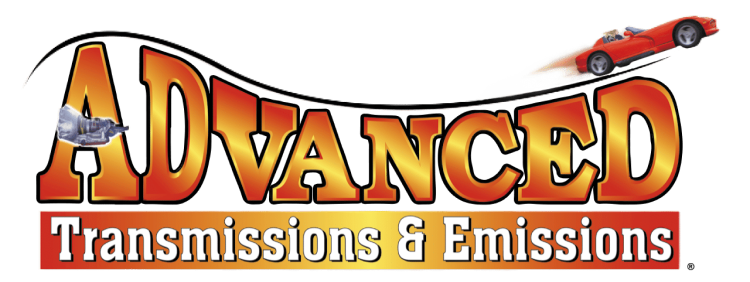Have you ever gotten in the driver’s seat, put your seat belt on, and were ready to hit the road only to find out that your car won’t start? Whether you left your car lights on or your battery is simply just ready for retirement, you likely have faced a scenario where you have needed to jump start your car. Maybe you brought your car back to life yourself, or possibly someone helped; however, you got your vehicle on the road again. Knowing how to jump start your car is an important piece of knowledge for all vehicle owners. After all, most people don’t want to end up stranded with an idle vehicle and no way to get it moving again.
What causes a car battery to not start?
Car batteries, like all batteries, have a finite lifespan. Batteries deteriorate over time until they can no longer provide enough power to start the vehicle’s engine. This wear time could take three to five years. The vehicle’s usage pattern is one factor contributing to the rate at which a battery will age. Batteries in cars, trucks, or SUVs driven mainly for short trips may not fully recharge and batteries in vehicles parked for extended periods naturally self-discharge.
Your battery issue may not be due to its age, it can also be caused by something in your vehicle being left on and draining it. Sometimes headlights are left on, an internal light, door lights, etc. External temperatures can also impact your vehicle’s battery. Extreme weather, such as very cold or extremely hot days can cause your battery to die.
What to do if my battery is dead?
If you have a dead battery, regardless of the cause, most people opt to jump start their vehicle. A jump start, also called a boost, is a procedure of starting a motor vehicle that has a discharged or depleted battery. A temporary connection is made to the battery of another vehicle, or to some other external power source. The external supply of electricity recharges the disabled vehicle’s battery and provides some of the power needed to crank the engine. Once the vehicle has been started, its normal charging system will recharge, so the auxiliary source can be removed.
If you already know how to jump start your car, then this will be a refresher for you. We wanted to provide some of the basic steps to take when you are in need of recharging your battery. As always, read your owner’s manual before trying to do this on your own. Some vehicles are not recommended for jump starting and some don’t follow the normal process. You should also avoid jump starting your car if your battery is visibly damaged or you have a frozen battery.
Let’s review the basics for how to jump start your car.
- You will need another vehicle or battery source. If using another vehicle, which is the most common method, place both vehicles in Park or Neutral and shut off the ignitions. It is also recommended to engage both parking brakes.
- Use jumper cables and attach one of the red clips to the positive terminal of your vehicle’s battery. The positive terminal usually has “POS” or “+” on it.
- Attach the other red clip to the same terminal on the other vehicle.
- Continue with your jumper cables to attach one of the black clips to the other vehicle’s negative terminal.
- Attach the final black clip to an unpainted metal surface on your vehicle. This surface should not be near the battery. A good place to attach is to the metal struts that hold your hood open.
- Start the other vehicle and let it run for a few minutes to charge your vehicle.
- If your vehicle won’t start, make sure everything is connected properly and try to let your battery charge a little while longer. If it still won’t start, it may be time to replace your battery.
- After the car is jumped, unclip the clips in the reverse order you connected them in and do not turn off your vehicle. It needs to recharge and remain on to do so. Drive around for at least 15 minutes to fully recharge your battery.
While jump starting your car may work, if it continues to not hold a charge, it is likely time to replace your battery, or could be a sign of other engine issues.
Advanced Transmissions & Emissions is your Phoenix, AZ engine repair shop. If your vehicle is not working as intended, bring your car to Advanced Transmissions & Emissions, and we will identify the source of the problem and begin working on it immediately. We offer cost-effective and comprehensive engine repairs.
We work on all makes and models, both foreign and domestic, so don’t hesitate to contact us or visit us today.





